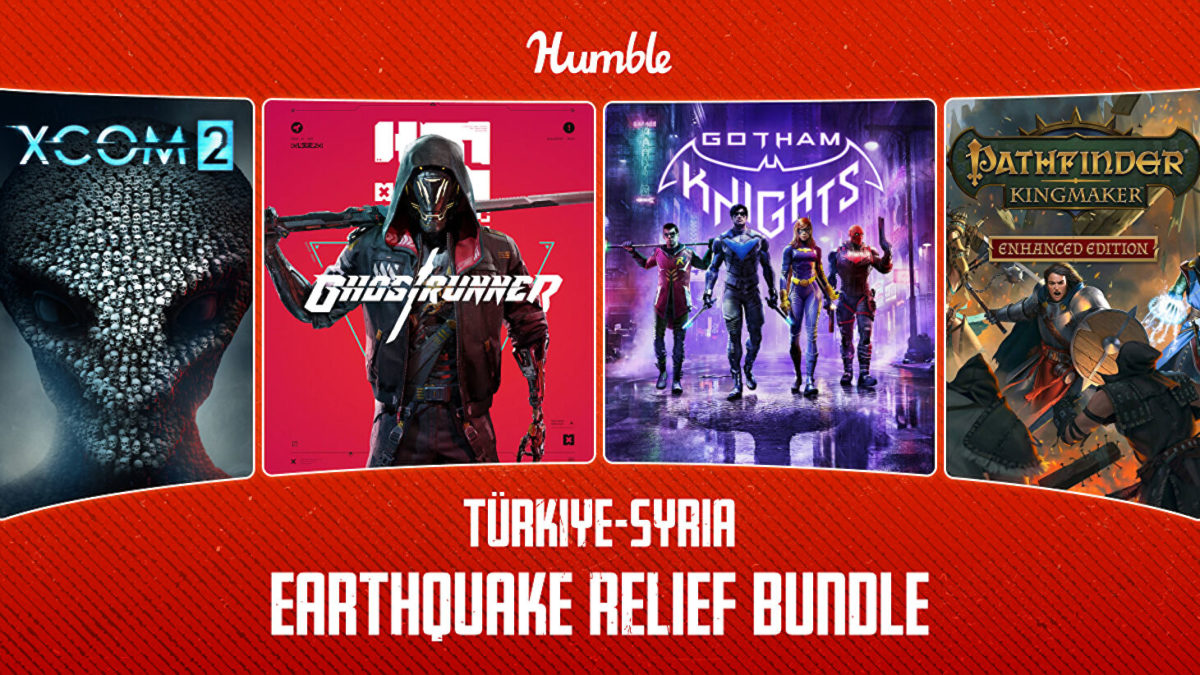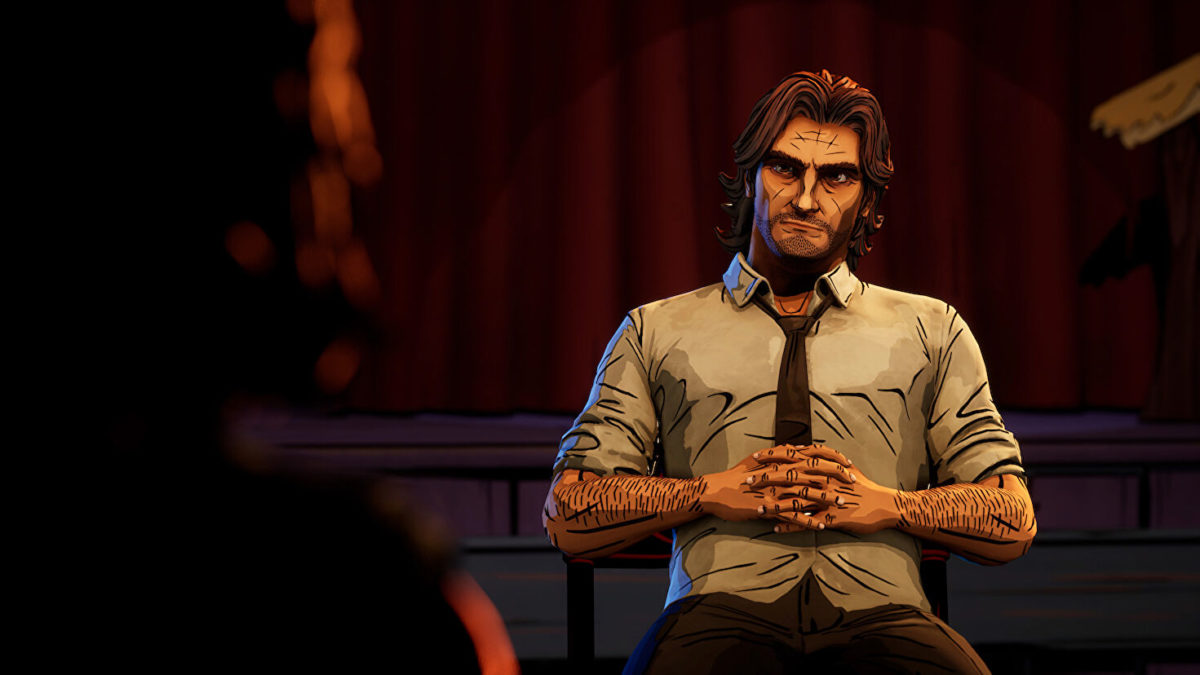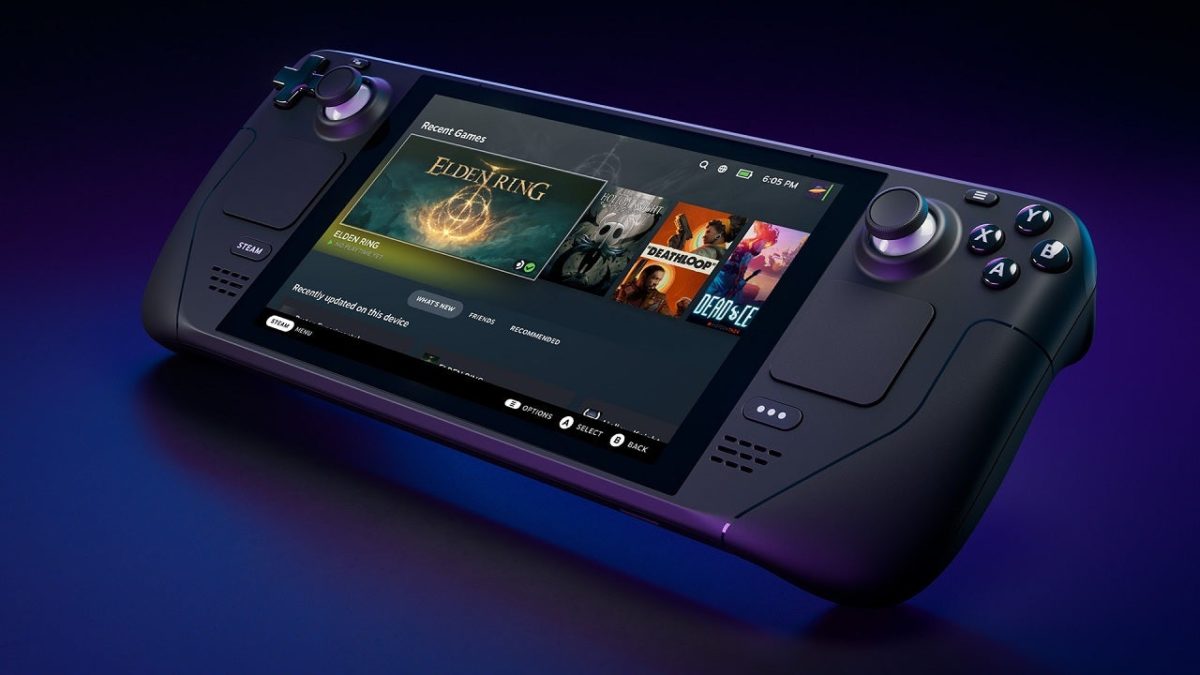At this point, it’s probably fair to say that Team Ninja has a pretty good handle on this whole soulslike genre thing. Wo Long: Fallen Dynasty may not reach the same heights as Nioh 2 did back in 2020, but it certainly scratches that same itch of lightning-fast combat, punishing-yet-rewarding difficulty, and deep build customization options that you can craft and tailor to your own playstyle. It’s great for the same reasons that the Nioh games are, and it accomplishes that feat even while completely changing up the fundamentals of its combat system to be closer to Sekiro than Dark Souls. But by that same token, it also falls victim to the same familiar issues nagging at those other Team Ninja soulslikes, including subpar storytelling and excessively fiddly loot mechanics. But when you consider that the things Wo Long does better than just about any other game in this genre, that baggage amounts to scratches on an otherwise pristine set of armor.
If you’re familiar with the Three Kingdoms era of Chinese history you may get more out of Wo Long’s story than I did (my knowledge basically begins and ends with the fact that you should not pursue Lu Bu), but I think even then it won’t be a highlight because Team Ninja continues to struggle with telling a memorable story with likable characters. This is a supernatural take on the final days of the Han Dynasty, where we take control of a nameless warrior who gets swept up in a power struggle between warring kingdoms and their pursuit of an elixir of immortality. In practically every level you team up with some sort of historically significant warrior to fight through a level, have a boss battle against an evil or corrupted historically significant warrior, and then move on to the next one.
Characters are introduced at a rapid-fire pace and leave the scene just as quickly, often without making any sort of impact on the overall story. Sometimes they return many hours later, but I’d already forgotten them because they didn’t do anything meaningful. Fortunately, the actual gameplay in between the cutscenes make up the vast majority of what we’re here to do, and it’s there that Wo Long shines brightest.
The Dance of Combat
Wo Long’s combat is a puzzle that needs to be figured out really quickly if you plan on getting past even the first major boss, but once you solve it, it’s incredibly satisfying to play around in. Similar to Sekiro, it’s a system that relies a lot on carefully timing deflections so you can preserve your Spirit meter while also avoiding damage, especially when enemies also start mixing in powerful, unblockable attacks that have to be parried rather than blocked. Crucially, though, you can completely negate damage from regular attacks just by holding down the block button, so long as you have enough Spirit built up to avoid having your guard broken – if that happens, you’re left helpless. You can even hold down the block button while also attempting to deflect, making it so that even if you’re too late on the deflection timing, you’ll still block the attack.
Once you solve the puzzle of Wo Long’s combat, it’s incredibly satisfying to play around in.It’s a good thing that Wo Long has this leniency built in because in practically every other regard, it doesn’t pull any punches. Enemies will regularly power through your attacks to deal a more powerful blow of their own, they have combos that go on for days, and they do a really good job at varying the rhythm of their attacks to try and bait you into parrying too early. It rewards a careful eye and punishes falling into a predictable rhythm. Even with all of that it isn’t nearly as hard as Nioh 2, for reasons I’ll get to later, but it still manages to find a really satisfying balance of being tough, fair, and absolutely exhilarating once you start to pick up on an enemy’s attack patterns and find yourself deflecting each hit of an incoming combo.
One clever wrinkle is that your Spirit meter is also a resource that can be spent on spells, special martial arts abilities, and Spirit attacks. That’s a nice risk-reward mechanic that lets you put yourself in a potentially more vulnerable position in order to gain some sort of advantage. If you know an enemy has an elemental weakness, for instance, you can exploit that by spending Spirit to enchant your weapon with an element to stagger and quickly break them. Martial arts abilities are unique depending on the weapon you’re wielding, and there are many that offer powerful attacks that can either do big single-target damage or give you a way to deal with many enemies at once. Finally, Spirit attacks are powerful strikes that increase in damage the more Spirit you have built up, which give you another reason to hold onto your Spirit meter until you need it.
I never felt like I was stuck against a wall with no idea of how to overcome a particular challenge.If it’s not already clear, there are tons of layers to Wo Long’s combat, which greatly enhances the already excellent swordplay by laying out a ton of options and ways to vary up my strategy whenever I found myself dying repeatedly to a particular boss. If just straight-up attacking didn’t work I could focus more on defense and reduce their Spirit by deflecting their big attacks; failing that, I could double down on rushing them down and trying to break their Spirit with aggressive attacks and martial arts abilities. Or, if I could figure out what they were weak to, I could try using spells. So while Wo Long is certainly tough, I never felt like I was ever stuck against a wall with no idea of what else I could try or how to overcome a particular challenge.
The Loot Problem
Where Wo Long feels very similar to the previous three Team Ninja soulslikes – in a bad way – is in its loot. More specifically, there’s an overabundance of it. I became absolutely inundated with garbage gear that I had no use for within just a few hours, and it only got worse after that. I’m just not the kind of person who really wants to spend 10 to 15 minutes in a menu trying to decipher whether a -2.6% reduction in Martial Arts Spirit is worth sacrificing a +7.2% Genuine Qi Obtention, or if I’m willing to sacrifice a few points of attack power for +24 alliance Spirit defense. Those simply aren’t interesting decisions – those are spreadsheet entries and math problems, and it’s made worse by not even being able to sort your massive list of weapons by set, or by a specific special effect you’re looking for.
Where Wo Long feels very similar to the previous three Team Ninja soulslikes – in a bad way – is in its loot.I’m fully aware that there are people who love these games for this level of hyper-specific build optimization, and if that is you, then you’ll find a lot to appreciate here. You can salvage junk gear to extract their special effects, then slot those special effects into weapons that you want to use, and then you can copy the appearance of any other weapon or armor so you don’t have to worry about being forced to use an ugly weapon or armor set because it has great stats. It’s fairly exhaustive in its options, but it’s also not for those of us who prefer action to menu screens.
Fortunately, I found that I didn’t have to get too far in the weeds on my first playthrough because I was more than powerful enough just by engaging with loot on a surface level. For armor, I just picked whatever gave me the highest defense number without putting me into the heavyweight category, which would limit my mobility. Then I would pick a weapon type I liked, swap it with one with a higher gear score whenever I came across one; similarly, when I found one that came with a Martial Arts ability that I liked, I just upgraded that as high as I could. No major tweaking was necessary to keep me from falling behind the power curve, leaving the complexity for those who are looking to test their mettle in the multiple iterations of New Game+ or PvP invasions.
Raising Morale
One of my favorite new ideas in Wo Long is the addition of Morale Ranks, which is basically a separate progression system that starts at zero at the beginning of every main mission and goes all the way up to 25. You gain morale simply by defeating enemies, but you’ll gain it even faster by killing them using Spirit attacks, Martial Arts abilities, or critical strikes. You will also lose some morale everytime you die, up to a certain point determined by your fortitude level, which you can increase by finding various flag poles throughout each mission. Enemies have Morale Ranks too, and those with a higher rank than you deal more damage. I love this addition because it gives every level a very natural ramp-up in difficulty, while adding extra incentive to explore and mop up more bad guys.
Each level begins fairly easy: a bunch of low-morale-rank enemies make up the majority of foes, with a few high-rank monsters sprinkled in here and there to give you an occasional challenging fight. By the time you’re near the end of the level though, you’re regularly going up against rank 20 enemies and bosses that will be really tough to deal with if you haven’t been thorough in clearing out the opposition.
Some of my favorite side missions even have you sparring against your allies in challenging boss battles.Much like Nioh, Wo Long’s campaign is broken up into main missions and side missions, with the main missions taking you through humongous levels – from castles, to active battlefields, to jails with Dark Souls-like poison ponds on the ground floor – and the side missions typically having you revisit those settings with some sort of fun twist with regard to the objective and enemy placements. Some of my favorite side missions even have you sparring against your allies in challenging boss battles. One of the really great things that Wo Long does is that it allows you to exit out of a mission from a Battle Flag and save your progress on that main mission. This is a wonderful safety net, because frequently what can happen is you can find yourself underleveled and stuck on a main mission; here you’re allowed to back out to the level select, complete some side missions to level up or get new gear, maybe head to your secret village home base to upgrade that gear, and then return right where you left off on that main mission without feeling like you’ve lost your hard-fought progress.
The levels themselves won’t win any awards for how they look, but they’re very well designed from a gameplay perspective. Branching paths that often allow you to find an easier way through a particularly tough area and tons of easily missable optional detours leading to bountiful rewards keep them from being straightforward paths from point A to point B.
Wo Long’s biggest problem – bigger than the loot issues and the poor storytelling – is its enemy variety. Even though the combat system is excellent and varied, there’s simply not enough different types of opponents to fill a game of this size. The ones that are here are fantastic and fun to fight, don’t get me wrong, but part of the fun of a soulslike is encountering a new threat, learning their attack patterns, and finding ways to get through the fight without taking heavy damage. In Wo Long, I felt like I figured out everything I needed to know to get through every non-boss encounter by hour five of a game that, in total, took me about 22 hours to beat. That took out a lot of the tension and fear of death that these games thrive on. Without the anxiety that something unexpected might be lying in wait around the next corner, Wo Long is still a very challenging game, but one that lacks a certain sense of adventure.
Wo Long’s biggest problem is its enemy variety.It’s also worth mentioning that Wo Long also includes online co-op for up to three players, an extensive New Game+ for those who really want to min/max their characters to the extreme, and even has PvP invasions (which you can opt out of if you’d prefer to deal with relatively easy AI invaders). Unfortunately, not enough people were playing ahead of launch for me to test the competitive multiplayer features out for this review, but cooperative play is super easy to set up and play through, just like it has been in prior Team Ninja soulslikes. You can either recruit random strangers into your game from within a level when you need help, or you can start a level fresh from the beginning with a friend.
 Gotham Knights and XCOM 2, alongside some smaller gems like Backbone and Cris Tales. The Earthquake Relief Bundle is available for £25/$30 (or any higher price) until March 8th and all proceeds will be going to charity.
Gotham Knights and XCOM 2, alongside some smaller gems like Backbone and Cris Tales. The Earthquake Relief Bundle is available for £25/$30 (or any higher price) until March 8th and all proceeds will be going to charity. Gotham Knights and XCOM 2, alongside some smaller gems like Backbone and Cris Tales. The Earthquake Relief Bundle is available for £25/$30 (or any higher price) until March 8th and all proceeds will be going to charity.
Gotham Knights and XCOM 2, alongside some smaller gems like Backbone and Cris Tales. The Earthquake Relief Bundle is available for £25/$30 (or any higher price) until March 8th and all proceeds will be going to charity.


 The Wolf Among Us, a neo-noir murder mystery set in the same universe as the Fables graphic novels. It would have been quite poetic to return to the series ten years after its debut, but that’s not going to be paw-sibble, as new TellTale have announced that
The Wolf Among Us, a neo-noir murder mystery set in the same universe as the Fables graphic novels. It would have been quite poetic to return to the series ten years after its debut, but that’s not going to be paw-sibble, as new TellTale have announced that 
